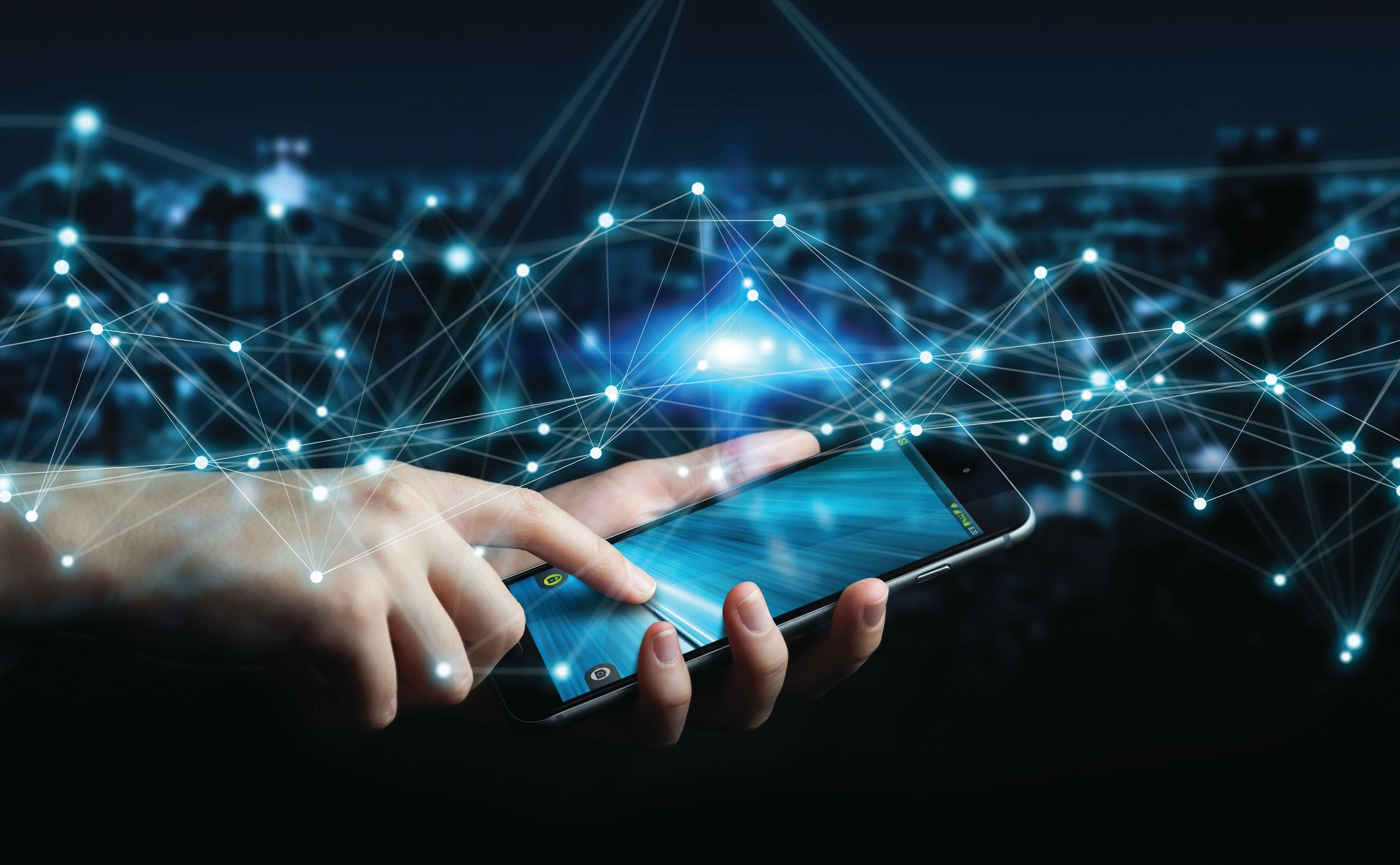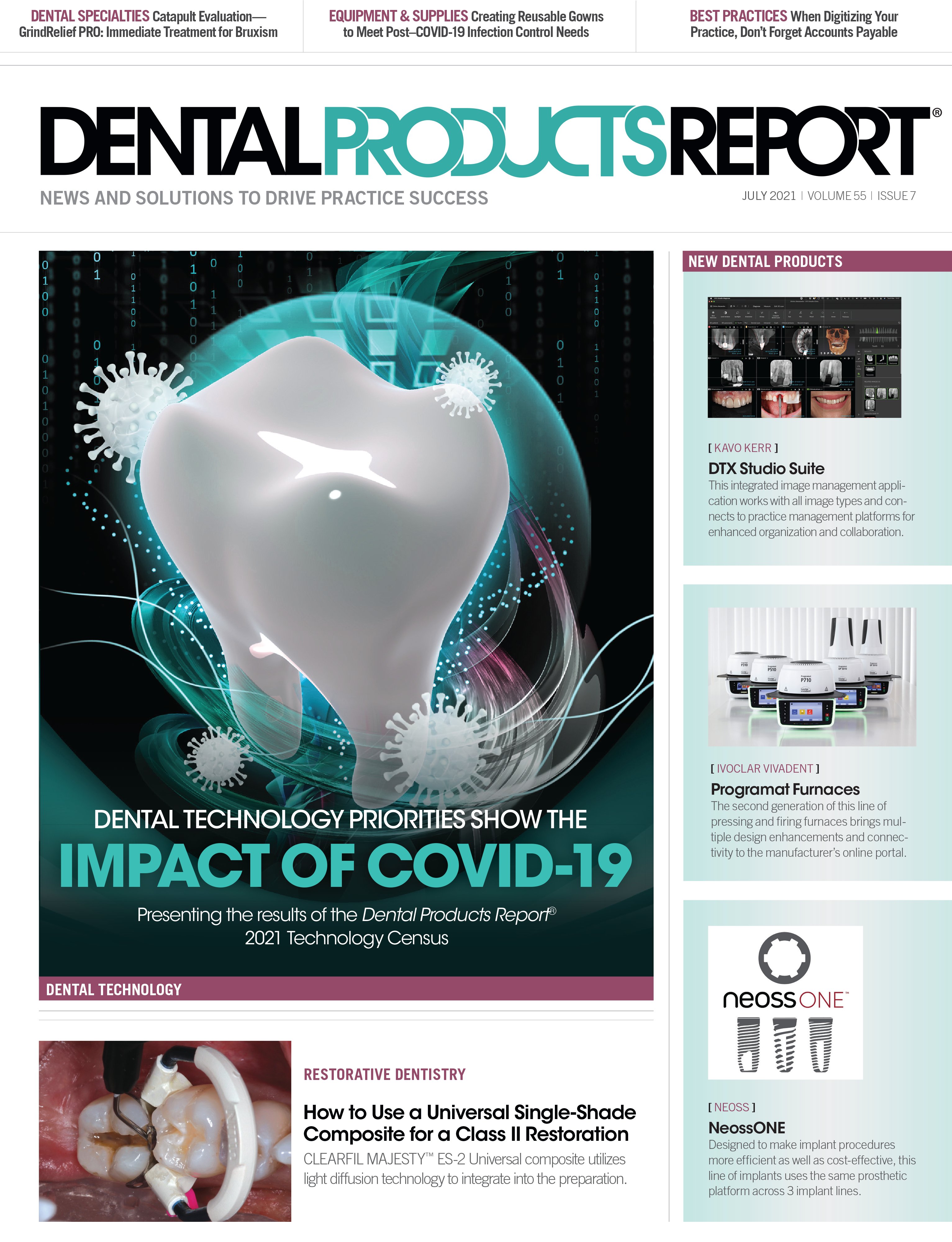7 Consumer Technologies That Can Help a Modern Dental Practice
A look at some of the consumer technologies dental practices should be using to provide efficient care and business operations.
sdecoret / stock.adobe.com

Dentistry is becoming a very high-tech industry. Numerous dental-specific technologies such as intraoral scanners, curing lights, and specialized software platforms are in use at practices every day. Although these technologies have been developed and refined for use in dentistry, modern practices also employ off-the-shelf consumer technologies. Here’s a look at some of these tools and how they can help improve practice operations.
1. Phone
This one seems like a no-brainer; the phone has been a key cog in dental practice operations for decades. Although other methods of communicating with patients are gaining popularity, the phone call remains an important way to connect. Modern phone systems have added a wide range of extra features, especially Voice over Internet Protocol systems that can be fully integrated to directly connect phones to the practice computer system.
2. Computer
Today it’s rare to find any business without at least 1 computer, and dental practices are no different. Computers do everything from storing patient records to managing schedules, handling clinical images, and helping with treatment planning. Although the computers used in dental practices are not so different than any other desktop or laptop machine, the software run in a dental practice often demands a high-end computer with the power to process big files and the memory to store them.
3. Camera
Photography is closely aligned with dentistry and cameras can be found in many dental practices. Whether it’s a high-end SLR camera with specialized flashes and lenses or a simple point-and-shoot camera, being able to document treatments can be helpful for educating patients and refining clinical skills. Today it’s easier than ever to capture a great photo, and even smartphones are equipped with high-resolution cameras and intuitive photo editing software.
4. Smartphone/Tablet
Speaking of smartphones, these ubiquitous devices have become essential gear for everyday life, and mobile tablets are just as useful. In a dental practice a smartphone can manage some tasks previously handled via the first 3 technologies on this list. They’re also a great way to catch up on emails or industry news in between patients. Tablets are also being used by dental practices in numerous ways. In the reception area they can be set up as standalone check-in kiosks or even entertainment for patients. That entertainment use can carry over into the operatory where these devices can also be great tools for patient education and case presentation. One caution when using these devices is security and patient privacy.
5. Television
Putting screens in every room of a practice is nothing new. In an operatory, a TV can be connected to a computer to serve as a display monitor or connected to cable or a streaming service to provide patients with distracting entertainment during treatment. In the reception area, a TV can be used to promote services at the practice, educate patients about caring for their oral health, or just keep them entertained while waiting.
6. The Internet
In dentistry, as well as other industries, the internet quickly came to rival the phone as the primary means of communication. The internet allows dental practices to securely send digital cases to a dental lab or refer patients to a specialist. It supports cloud software applications to make practice information accessible from anywhere. It’s also the home to a dental practice’s website, which is often the hub of a vibrant practice’s marketing efforts.
7. Virtual Reality Headsets
This last item is likely the least common of these technologies in use at dental practices. That’s due to the fact that this technology is still emerging on the consumer side. But with the capability to transport a patient away from the anxiety of sitting in the operatory, this technology shows great promise for growth both in dentistry and in the wider world.
